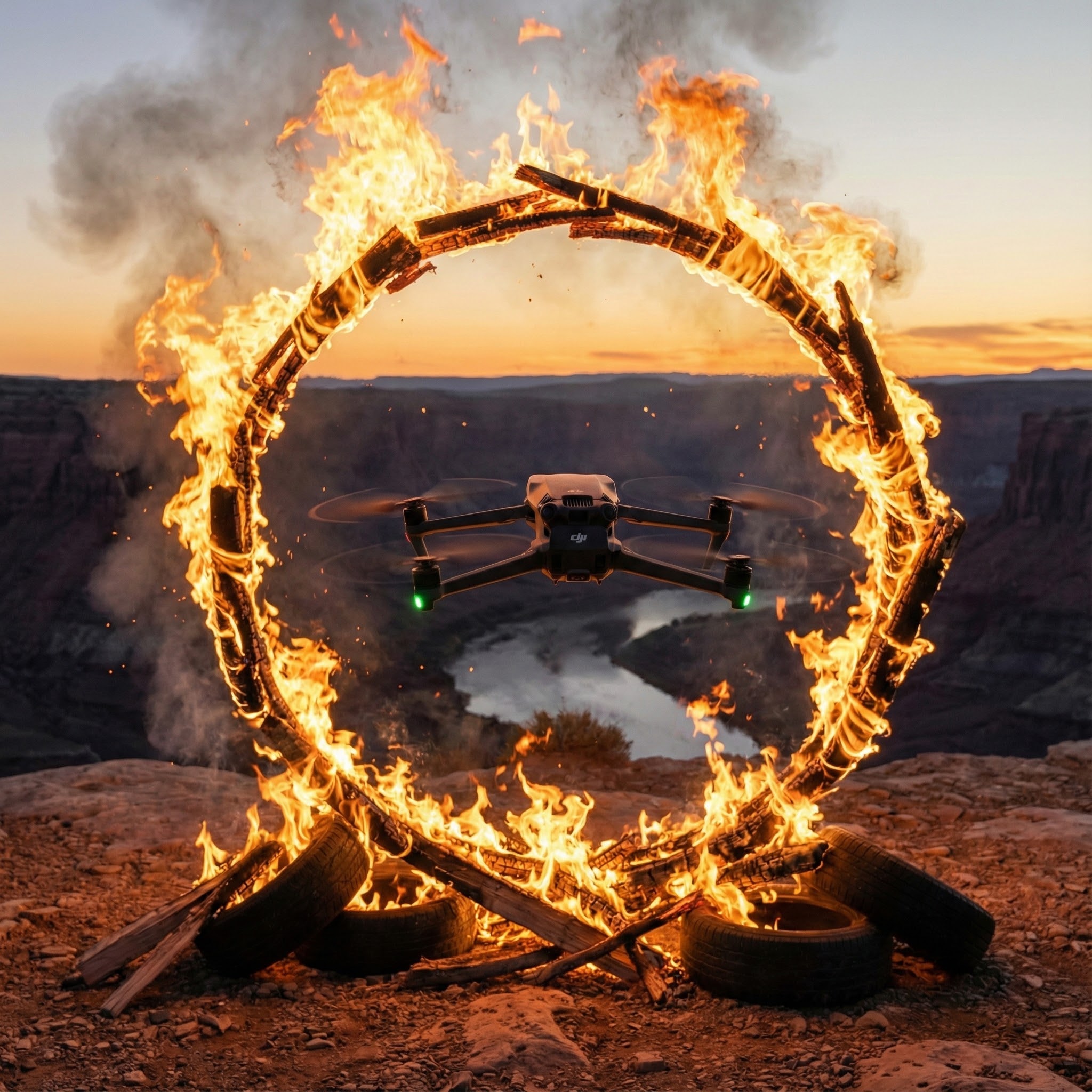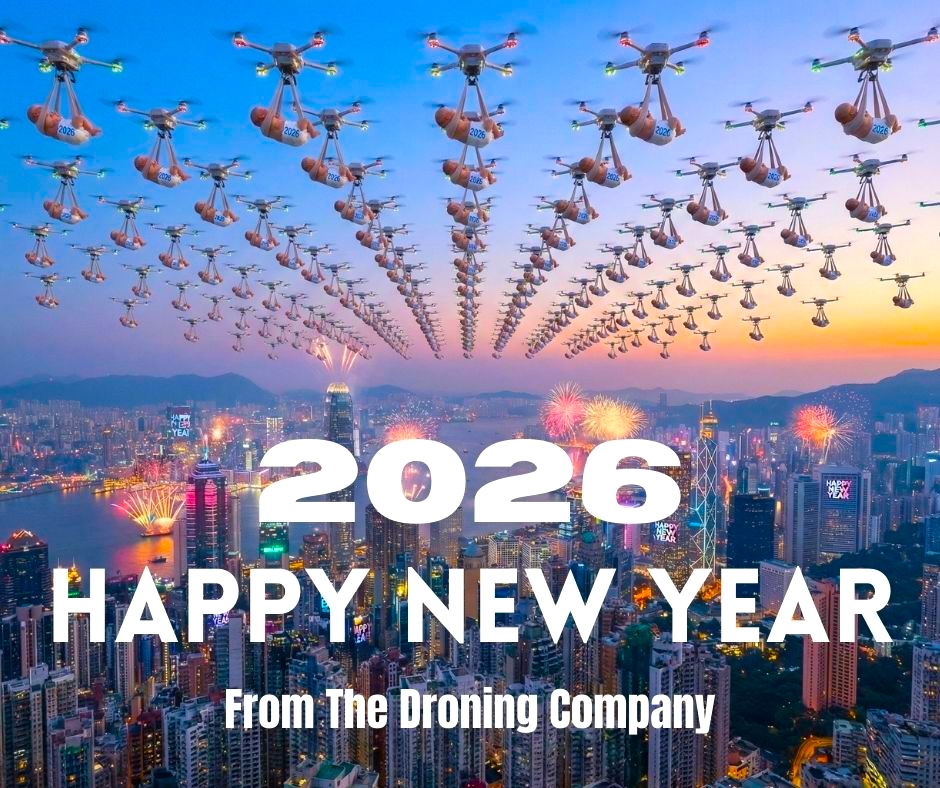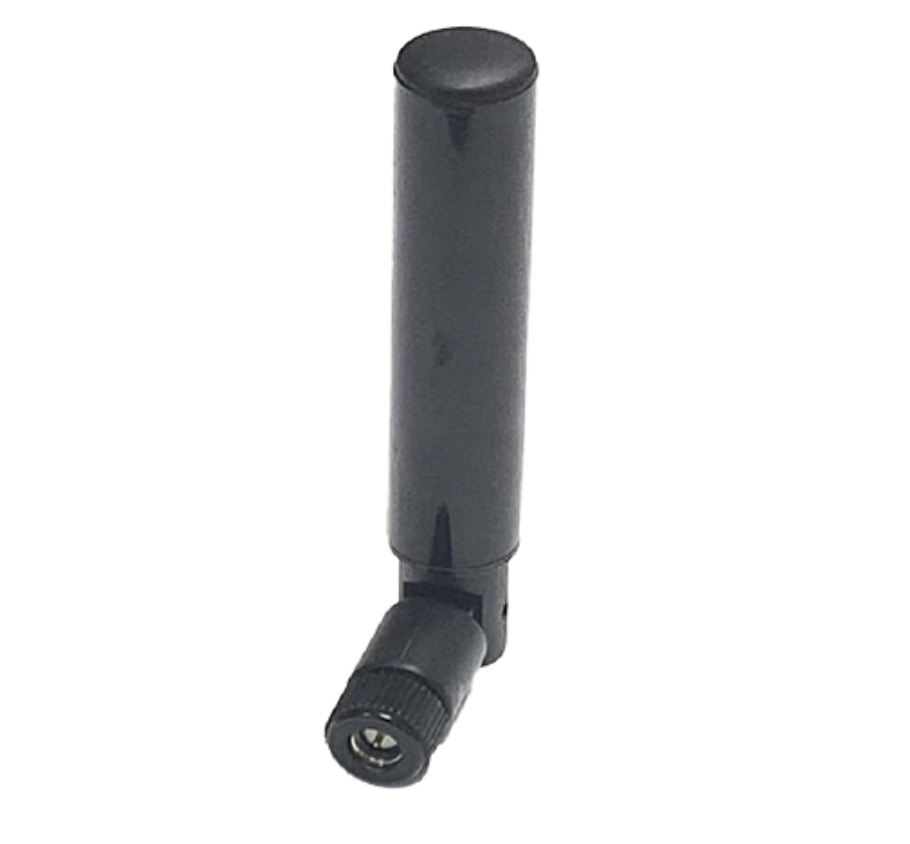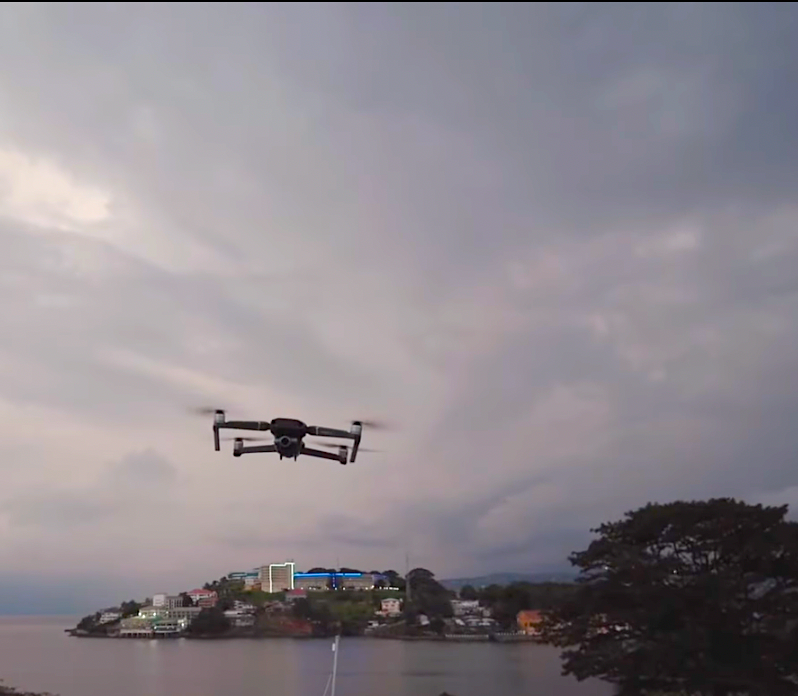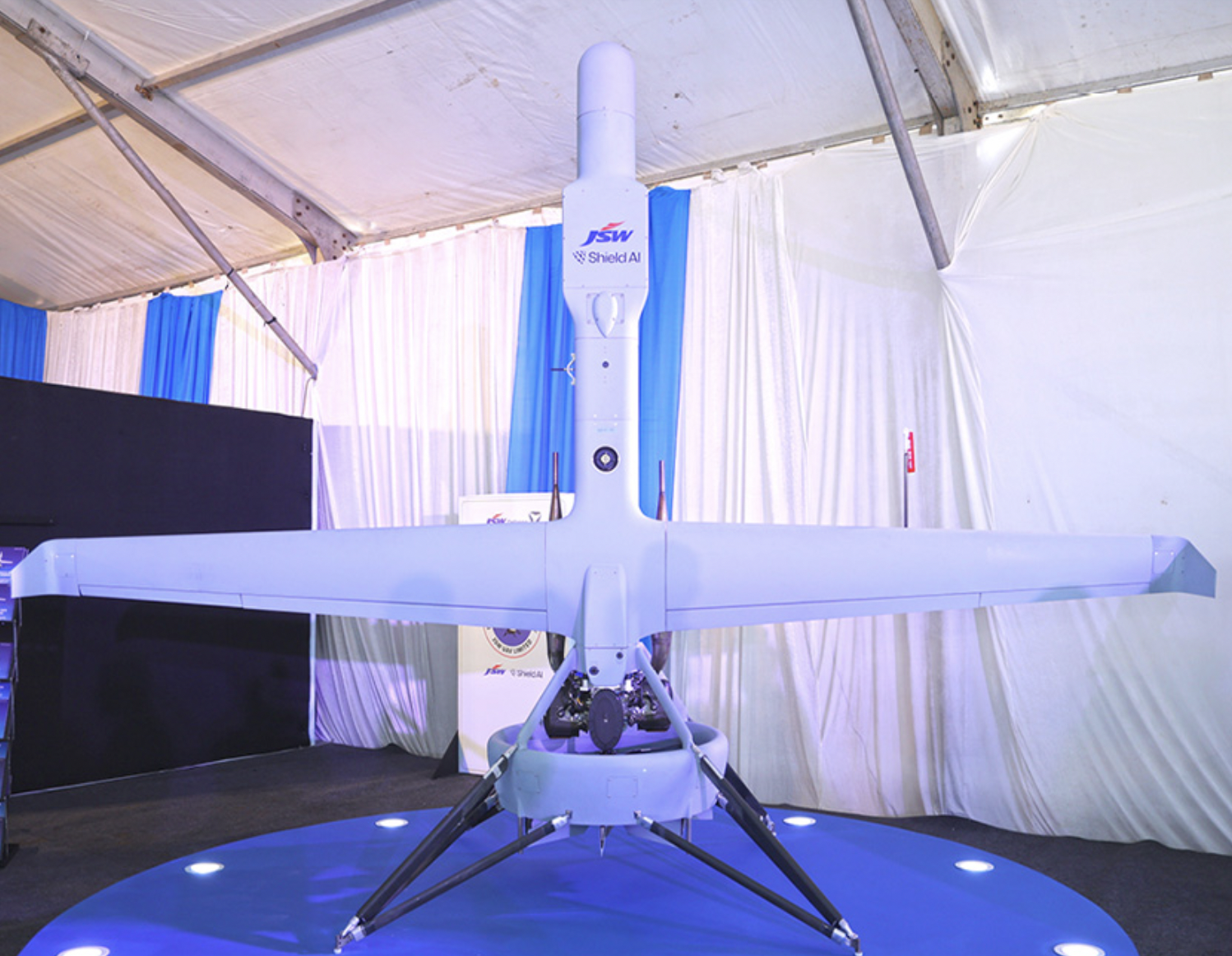Featured NewsTrending NewsBrazzelCan DJI Beat the U.S. Drone Ban?
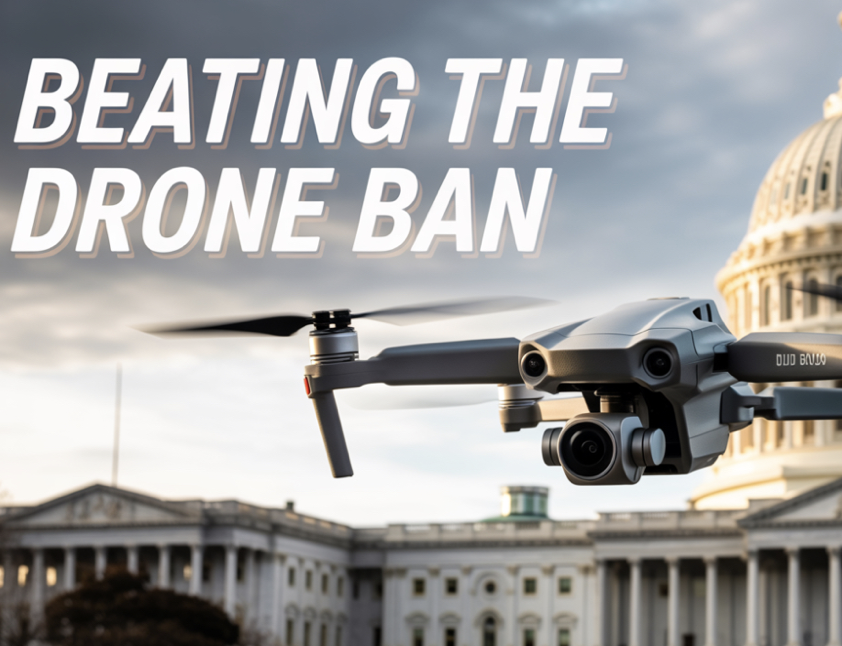
02 September 2025
The topic of DJI and the ongoing U.S. drone ban has been at the center of conversations in the drone community for quite some time. As the most dominant drone manufacturer in the world, DJI has built a reputation for producing reliable, user-friendly, and innovative products that both hobbyists and professionals have come to rely on.
But with increasing political pressure, growing security concerns, and an uncertain regulatory future, many drone pilots in the U.S. are asking the same question: What’s next for DJI?
Recently, I watched a fantastic discussion on Bill The Drone Reviewer’s YouTube channel, featuring Rick Smith from Drone Valley. Rick shared some insights that really stuck with me, laying out a few possible strategies DJI might pursue to get around the U.S. ban. These aren’t confirmed moves, but they’re realistic scenarios worth exploring.
Today, I want to break down those options, talk about the pros and cons, and share some of my own thoughts on how DJI might navigate this storm. Let’s dive in.
Option 1: Build a Factory in the U.S.
At first glance, this might sound like the “golden ticket” solution. If DJI were to build a manufacturing facility here in the United States, they could sidestep tariffs, create American jobs, and possibly earn back some goodwill from lawmakers. Imagine the headlines: “DJI Opens Drone Factory in the U.S.”
From a public relations standpoint, that’s huge. It’s a move that not only addresses political concerns but also demonstrates a tangible investment in the U.S. market. Customers might even feel more confident purchasing DJI drones, knowing they’re “Made in America.”
The Pros
- Avoid tariffs and potential import restrictions.
- Improve DJI’s public image by creating U.S. jobs.
- Build trust with American lawmakers and consumers.
The Cons
- Building a factory is extremely expensive. We’re talking billions of dollars in construction, labor, and logistics.
- It takes years to design, build, and scale a facility that can match DJI’s current production levels in China.
- The supply chain for critical drone components is still heavily tied to Asia, meaning DJI couldn’t truly escape global dependencies.
In short, while this sounds great on paper, it may be a long shot in practice. By the time a U.S. factory is up and running, the drone landscape could look very different.
Option 2: Partner with a Major U.S. Company
The second option is more practical in the short term: DJI could partner with a well-established U.S. company.
Imagine DJI teaming up with a tech giant like Apple, Amazon. By aligning with a U.S. brand, DJI might soften political opposition and create a hybrid product that feels less “foreign” while still delivering the innovation they’re known for.
The Pros
- Faster than building a U.S. factory.
- Creates a sense of legitimacy through collaboration with a trusted American company.
- Could help DJI maintain its market share in the U.S. while avoiding a full ban.
- The Cones
- Partnerships often require compromise. DJI might lose some control over design, branding, or pricing.
- Profits would be shared, and DJI may not like giving up part of its dominance.
- Political pushback might still linger, since critics could argue it’s still “DJI tech in disguise.”
Still, this path is more realistic. Big companies have partnered across borders before, and if the right deal were struck, it could allow DJI to stay relevant in the U.S. without starting from scratch.
Option 3: License Their Technology to Other Brands
This option is one we’re already seeing in action. DJI has the ability to license its technology to other companies, who then rebrand and sell drones under different names. Examples include Anzu Robotics, Specta Air, and Skyrover.
In other words, DJI provides the brains and guts of the drone, but the name on the box belongs to someone else. In Manny cases, these drones appear to be identical in terms of the outer shell, maybe with a change of color and so forth, but at the end of the day it’s clearly DJI’s footprint.
- The Pros
- Keeps DJI’s innovations in the market without DJI being directly involved.
- Allows U.S.-based companies to sell drones with trusted technology.
- Avoids some of the political baggage tied to DJI’s brand name.
- The Cons
- Dilutes the DJI brand, which has become synonymous with drone excellence.
- Consumers might feel confused or skeptical if too many “DJI lookalikes” flood the market.
- DJI earns less than if they sold drones directly, since revenue comes through licensing.
Think of it this way: buying a licensed drone from another company is a bit like eating generic cereal. It might taste the same, but it just doesn’t feel like the real deal when the box doesn’t say Fruit Loops.
That being said, this option is probably the most immediate and realistic path forward. DJI gets to continue profiting, consumers still get access to their tech, and U.S. lawmakers can point to American companies as the sellers.
So, Which Option Makes the Most Sense?
Each of these paths has its strengths and weaknesses. Building a U.S. factory sounds patriotic but might be too costly and slow. Partnering with a major U.S. company could work but would require compromise. Licensing tech seems like the easiest short-term move, but it risks watering down DJI’s brand identity.
If I had to place a bet, I’d say DJI will lean more heavily on licensing in the near future. It’s the least disruptive option, keeps their technology in the market, and gives U.S. companies room to grow while still relying on DJI’s expertise.
But that doesn’t mean the other options are off the table. DJI is a global powerhouse, and if the U.S. market is important enough to them, we may see some combination of these strategies unfold.
The Bigger Picture
At the end of the day, the DJI ban is about more than just drones. It’s about international politics, security concerns, and the balancing act between innovation and regulation. For us as drone pilots, it can feel frustrating to have the tools we love caught in the middle of something so complex.
But there’s also opportunity here. Whether DJI adapts by building, partnering, or licensing, the drone industry as a whole will evolve. New players will rise, competition will increase, and we might even see more innovation come out of this than we expect.
The question is: are we ready for it?
Final Thoughts
The drone world is changing quickly, and DJI is at a crossroads. Whatever path they choose, it will shape not just their future, but the future of drones in the U.S. market.
So now I want to turn the question over to you: Which option do you think DJI should pursue? Do you like the idea of U.S.-made DJI drones? Would you feel comfortable buying a rebranded DJI drone through another company? Or do you think a big partnership makes the most sense?
Drop your thoughts in the comments below — I’d love to hear your perspective.
And if you’d like to dive deeper into this discussion, check out my latest video on YouTube channel, “Inspire With Drones,” where I unpack this topic in even more detail: https://youtu.be/sjIfQpbGaUo
As always — fly safe, fly smart, and stay tuned.

